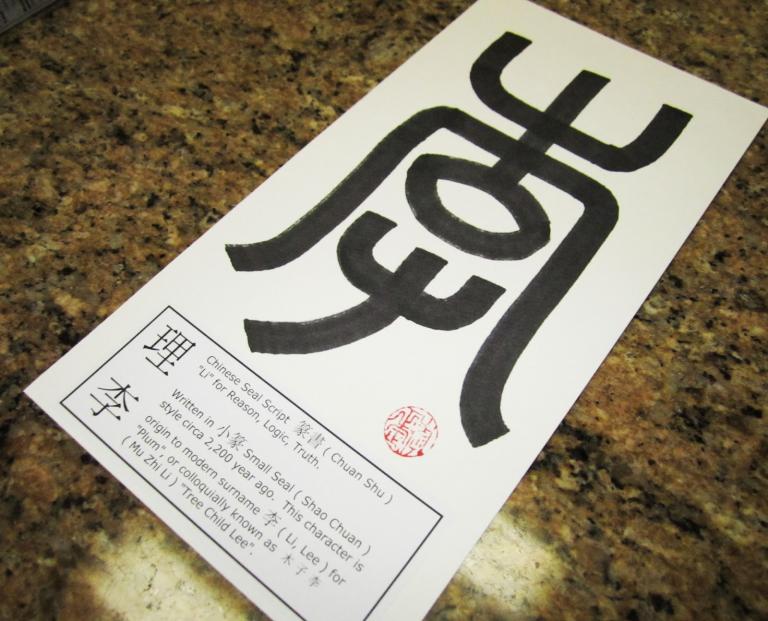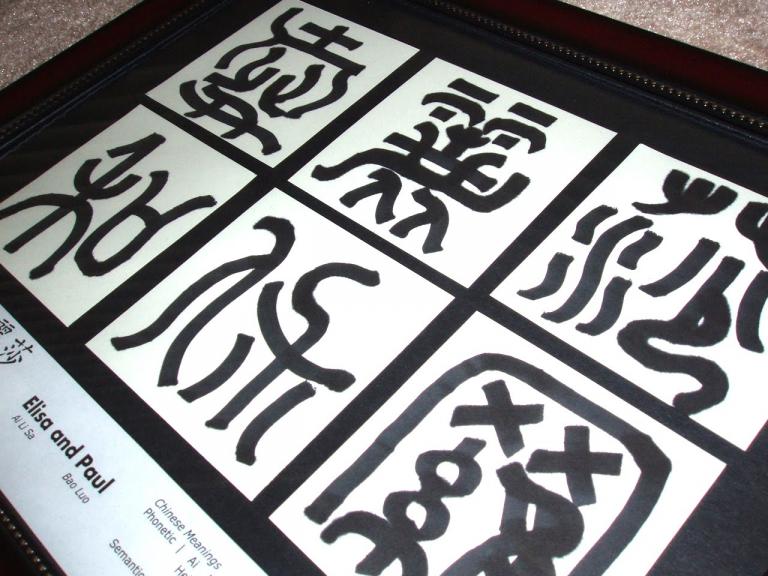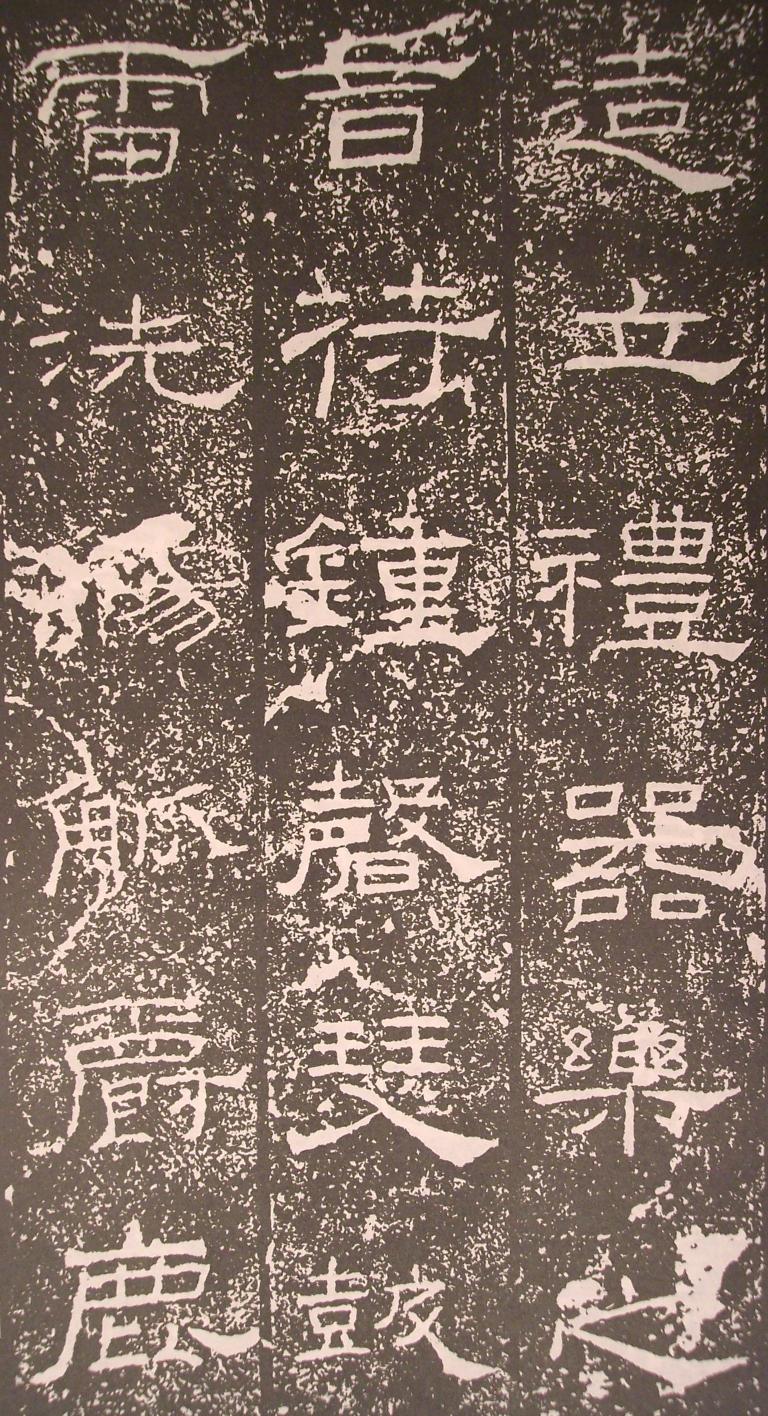Li Si: Creator of Small Seal Script
4 min readIn the Eastern Zhou dynasty, there were many small states before Qin Shihuang (the First Emperor in Chinese history) consolidated the six major states and ended the split situation lasted for hundreds of years since the Spring and Autumn period. To strengthen his reign, Qin Shihuang took a series of measures to intensify the centralized feudal society.

And “using the same script to write books” was one o the measures. At that time, different states had simplified and decorated characters in different ways for practical use so there were several forms for the same ter character. Taking Qin Shihuang’s order, Prime Minister Li Si abolished different forms in other states and made small seal script official script for the whole nation. The small seal script is based on large seal script and emphasises regulation and simplification. It is also known as “Qin seal script” The biggest characteristic of small seal script is its round strokes.
As round pen was used to write it, the strokes have the same thickness and seem soft, round, fine and glossy, but actually full of tenacity. The calligraphic style was closely related to writing tools in that period. The Qin writing brush unearthed in Hubei province has already got cavity for brush and cap of brush made of bamboo. As the gend goes, Meng Tian created writing brush Actually he just improved the way of making brush and started to use bamboo tube and hare fur. The normative and regular characteristic of small seal script is the product of the unified politics in the Qin dynast f asty.
It symbolized the consolidation o centralized kingship. However, out of Qin Shihuang’s expectation, instead of lasting for thousands of years, the Qin dynasty was burned out soon after his son took his reign. And the small seal script, after being the official script of the Qin dynasty for 18 years, lost its foundation for development. Besides political reasons, small seal script had its own disadvantages Its requirement of regularity and orderliness hindered its writing rapidity; it was not simple enough to meet the needs of the era. Therefore, small seal script had never been able to make itself the only script used by people at the time. It was only one of the three major scripts used in the Qin and Han dynasties. The other two were large seal script and Qin clerical script. Nevertheless, small seal script was a new step forward in the history of Chinese character development. And Li Si was the one who made great contribution to the step.

Li Si (?-208B. C), also known as Tonggu, was born in the Warring States period in Shangcai. He used to be a student of Confucius follower Xunzi, and later became the prime minister of the Qin state, who helped Qin Shihuang unified the whole nation and conducted new policies. One new policy was to innovate upon characters and create the official script-small seal script for Qin. That’s why he was known as the originator of small seal script. Li Si’s small seal scripts were written by easy stages, the strokes were all plump and shapely, and with the beauty of strength and flexibility. He had integrated into the new script a beauty of ornament. Under his pen, curves with different radian and lines with different length were tactfully assembled into orat characters with the same decorating beauty as pictures Sun Guoting of the Tang dynasty said that the artistic character of small seal script was flexible, elegant and mellifluent And the calligraphic style of small seal script created by Li Si is very influential and considered as a standard by calligraphers of later generations After the Qin dynasty, the Western Han dynasty also attached great importance to calligraphy. But Han people did not like using steles, so very few works were left Tho that period.
And some of the few were destroyed when Wang Mang took the throne. Therefore, we seldom see seal inscriptions of the Han dynasty. Yet from the few sea simpler. The letterform was in square shape and the curved strokes used pointed turnings, which resembled later scripts. When Wang Mang took the throne, political system, ideology and cultures all returned to the ancients. Many queer ancient characters were put into use again and most inscriptions on steles and bronze wares were seal script Emperor Andi of the Eastern Han dynasty had decided to file ancient books, so people became more familiar with ancients scripts, which facilitated the regression of seal scripts. And some calligraphic works quite similar to small seal script were left from that period.
In those works, the lines were all thick and with liquidity. And the structures were endowed with orderliness and lifelikeness. Although seal script resurged for a while during Wang Mang’s period and Emperor d treign in the Eastern Han dynasty, it was finally doomed after Emperor Andi’ Andi’sS period when Han clerical script was adopted in stele inscription.









